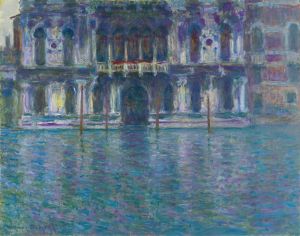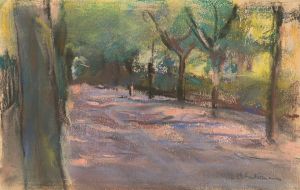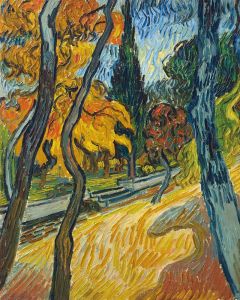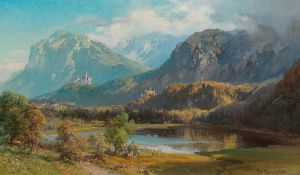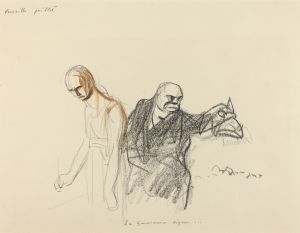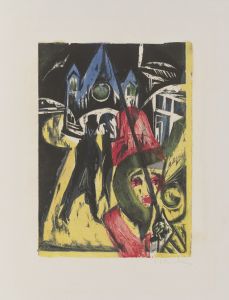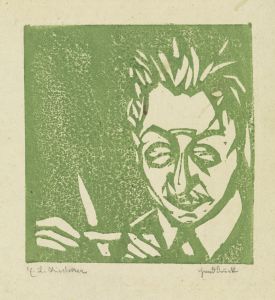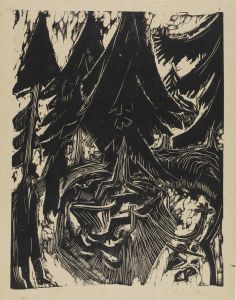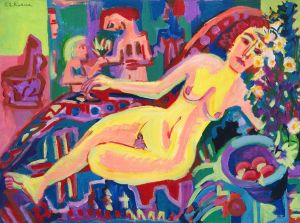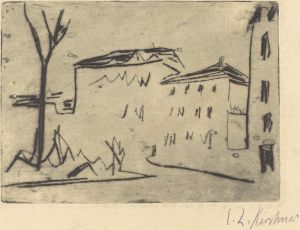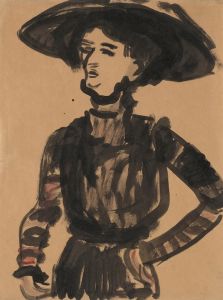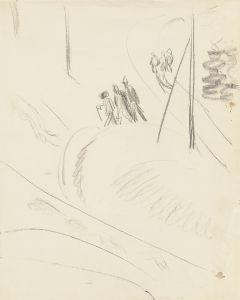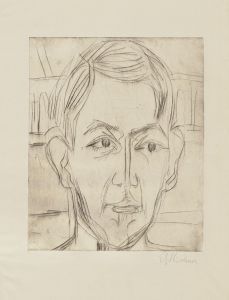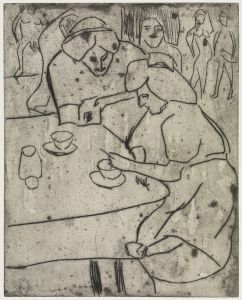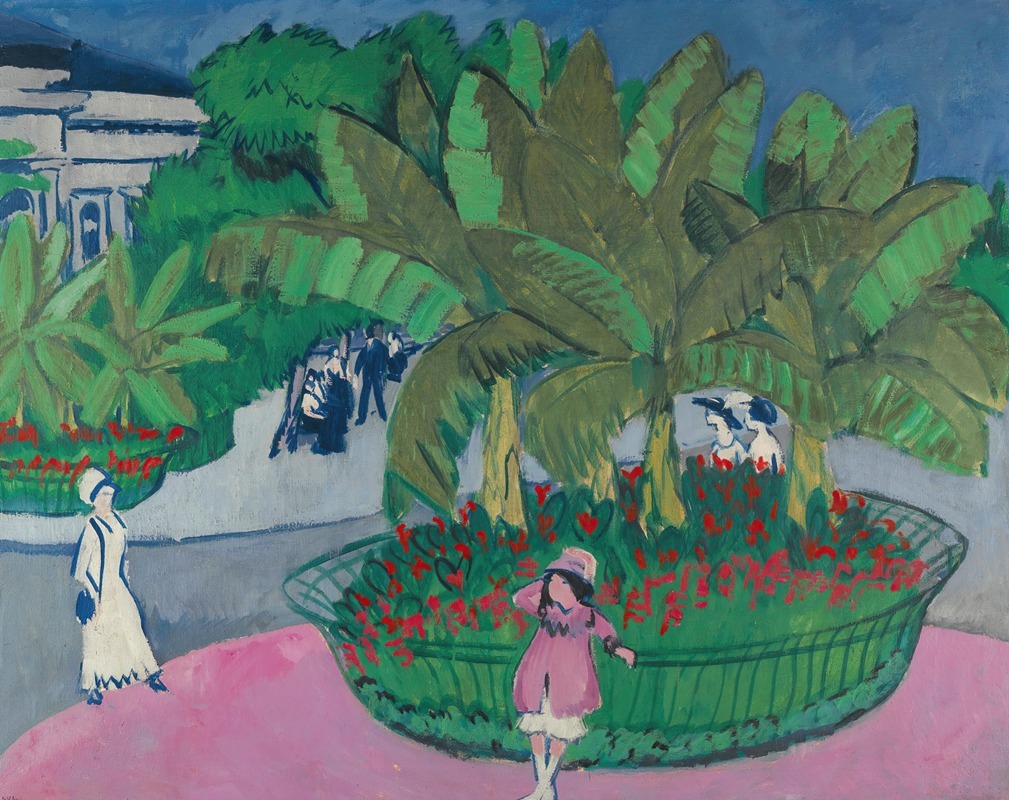
The Bosquet; Albertplatz In Dresden
A hand-painted replica of Ernst Ludwig Kirchner’s masterpiece The Bosquet; Albertplatz In Dresden, meticulously crafted by professional artists to capture the true essence of the original. Each piece is created with museum-quality canvas and rare mineral pigments, carefully painted by experienced artists with delicate brushstrokes and rich, layered colors to perfectly recreate the texture of the original artwork. Unlike machine-printed reproductions, this hand-painted version brings the painting to life, infused with the artist’s emotions and skill in every stroke. Whether for personal collection or home decoration, it instantly elevates the artistic atmosphere of any space.
Ernst Ludwig Kirchner, a prominent German expressionist painter and one of the founding members of the artists' group Die Brücke, created "The Bosquet; Albertplatz In Dresden" in 1910. This painting is a notable example of Kirchner's early work, reflecting his distinctive style characterized by bold colors, dynamic compositions, and expressive brushstrokes.
"The Bosquet; Albertplatz In Dresden" captures a scene from Albertplatz, a well-known public square in Dresden, Germany. Dresden was a significant location for Kirchner and the Die Brücke group, as it was where they formed their collective and developed their artistic philosophies. The painting depicts a vibrant, bustling urban environment, showcasing Kirchner's interest in modern life and the energy of the city.
In this work, Kirchner employs a vivid color palette, with intense greens, blues, and yellows dominating the composition. The use of these colors is typical of the expressionist movement, aiming to evoke emotional responses rather than depict realistic scenes. The brushwork is vigorous and expressive, contributing to the sense of movement and vitality in the painting.
The composition of "The Bosquet; Albertplatz In Dresden" is dynamic, with a strong diagonal axis that guides the viewer's eye through the scene. This technique creates a sense of depth and perspective, drawing attention to the various elements within the square, such as the trees, buildings, and figures. The figures in the painting are rendered in a simplified, almost abstract manner, emphasizing their forms and movements rather than their individual identities.
Kirchner's depiction of urban life in Dresden reflects his fascination with the modern metropolis and its impact on human experience. The painting captures the essence of the city, with its constant activity and diverse population. This focus on contemporary urban scenes was a common theme in Kirchner's work, as he sought to convey the dynamism and complexity of modern life.
"The Bosquet; Albertplatz In Dresden" is also significant for its connection to the broader context of German expressionism. The Die Brücke group, which Kirchner co-founded in 1905, aimed to break away from traditional artistic conventions and explore new ways of expressing emotion and experience. Their work was characterized by a bold use of color, innovative compositions, and a focus on the human condition. Kirchner's painting exemplifies these principles, showcasing his ability to capture the spirit of the times through his unique artistic vision.
Today, "The Bosquet; Albertplatz In Dresden" is recognized as an important work in Kirchner's oeuvre and a valuable example of early 20th-century expressionist art. It offers insight into the artist's development and the broader cultural and artistic movements of the period. The painting is held in high regard for its technical skill, emotional depth, and historical significance, making it a key piece in the study of German expressionism and modern art.





